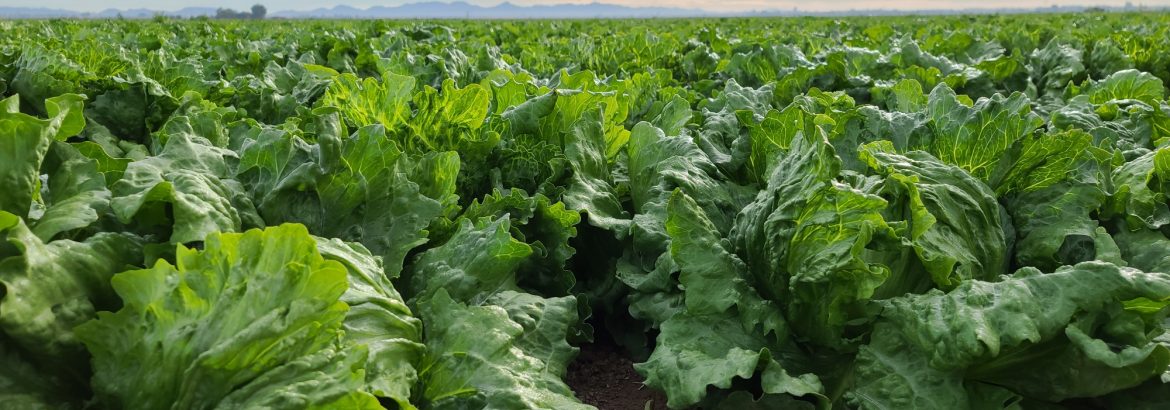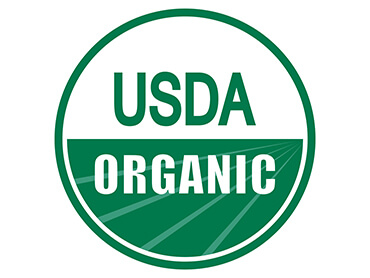Markon prides itself on requiring the most stringent food safety measures of our supplier-partners to provide the utmost confidence in every case we ship to our operator customers. Our Five-Star Food Safety Program covers the critical points from field to plate to ensure that Markon fresh produce arrives as promised.
This is the second in a 12-part weekly series where we break down the detailed steps Markon takes as well as meet some of the people involved in making it happen.
Let’s delve into Star One: Fields with a Markon Inspector.
The origin of food safety starts in the fields, at the very start of all Markon fresh produce’s journey to your kitchen. Daily inspections are key to ensuring Confidence in Every Case. Our Quality Assurance Inspectors are in the fields—traveling to and living in both the Salinas Valley, California and Yuma, Arizona growing regions—every day throughout the year. But before our team even gets to the fields, our farmers have certified with third-party auditors for Good Agricultural Practices and water testing/monitoring. Once we have all the required documentation to pack for Markon, we send our inspectors out to confirm that our detailed specifications are being met at all times.
“As a Markon Inspector our daily task consists of hands-on detailed inspections of suppliers’ products, walking the fields, doing thorough inspections of processing facilities, and reporting any potential food safety risks,” explains Jose Tinajero, Assistant Director of Quality Assurance. “All this starts with the relationships we have built with all of our suppliers, supervisors, and foreman with frequent communication and support of one another to reach a common goal: supplying the safest and best product available.”




